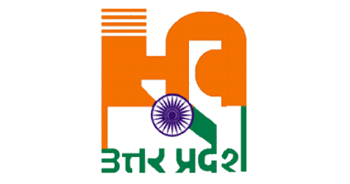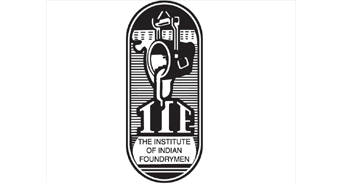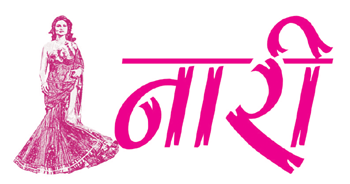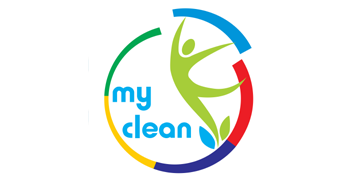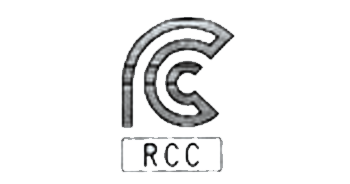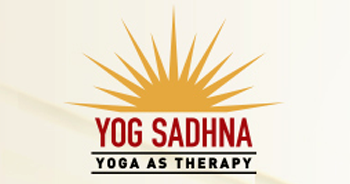Colour Measurement
When our eyes see a colour, they tell us not only what hue it is but also what proportion of white light is present i.e.. what the purity or saturation of the colour is and its luminosity or brightness. Quantitative methods of colour measurement set out to put figures to these properties. For this purpose the colours of the spectrum are accepted as being pure colours and are used as standards for comparison. In the same way that two complementary colours can be added to give white, any colour may be described as a mixture of white and a pure spectrum colour or one of the non spectral purples which result from mixtures of spectral blues and reds. To describe the hue, therefore, all that is necessary is to state the wavelength of the spectral colour, or the wavelength of the spectral complement of the non spectral purple.
To describe the purity, it is necessary to find the proportions of the spectral colour and of white light which would be needed to match the colour for a purple hue the calculation is slightly more complicated, but amounts to the same thing. To measure brightness, the light output has to be compared with that from a standard source. For the purposes of colour matching it is useful to set up a series of samples of say, the same hue and brightness, but of different purities by doing this for different hues and for different brightness it is possible to build up a colour atlas such as the series of Ostwald or Munsell colour charts. By using such charts, or more accurately by using a spectrophotometer, it is possible to make colour matches and predict dye recipes and also to follow colour changes during fading, when hue as well as purity may change.
Pigment theory of colour
The effects obtained by mixing dyes or coloured pigments together are different from those resulting from the mixing of coloured lights. Thus, the combination of red and green lights produces yellow, and of yellow and blue lights white, whereas red and green pigments yield a dull brown and yellow and blue pigments green. It has been previously stated that in mixing differently coloured pigments the colour effect is subtractive. A third colour is produced because colouring matter reflects colour rays other than those of its predominating colour.
The absorption spectra of coloured bodies give the colours that are reflected by them, and it is found that both yellow and blue pigments reflect green light, so that when they are mixed the combined action of the two causes practically all the light to be absorbed except the green rays. That is the blue absorbs the red orange, and yellow rays of light, and the yellow absorbs the violet and blue rays so that the reflected rays of the mixture are green.
It is the reflected light rays which are common to the pigments that govern the colour that is produced by their mixture, and the more the reflected rays of the pigments overlap the brighter is the resulting colour, while the fewer reflected rays there are in common, the duller is the colour. Both red and yellow pigments reflect orange light, red also reflects a little yellow, and yellow a little red, and the luminous orange results from their mixture. The reflected rays of red and green overlap in yellow orange, and red light, but the quantity of each is only small hence a dull brown hue results from the mixture.
The effects produced by mixing coloured pigments are very well explained by the Brewster theory, which is adopted in the practical application of colours in dyeing . In this theory red, yellow and blue are taken as simple or primary colours, because they cannot be obtained by mixing other pigment colours, whereas by their admixture in different proportions, and with the addition of black and white pigments, practically all other colours can be produced. When two of the simple colours are mixed the resultant colour is termed a compound colour. By mixing the primary colours in pairs secondary colours are formed, while the mixing of the secondary colours in pairs produces tertiary colours.
The tertiary colours thus result from the mixture of the three primary colours, but in each case one of the three is in excess of the other colours. Compared with the Primary and secondary colours the tertiary colours are dull, the colour appearance being due to the predominating colour. Thus red is the predominating element in russet yellow in citron and blue in olive.







